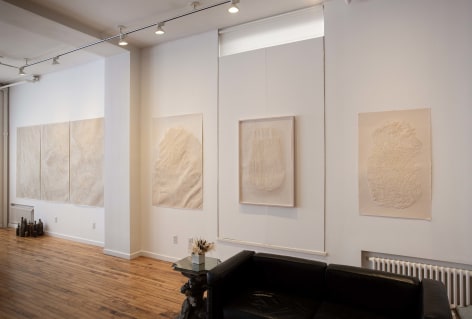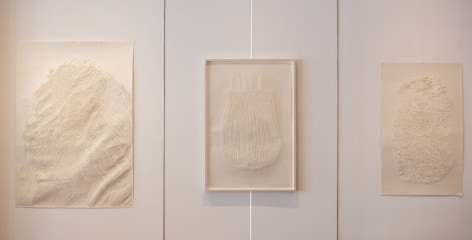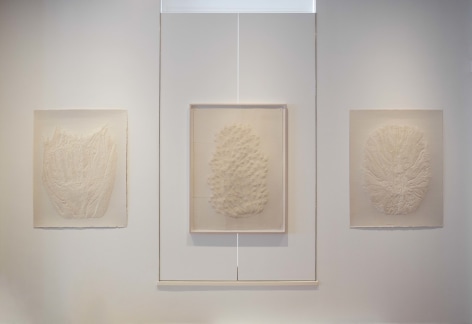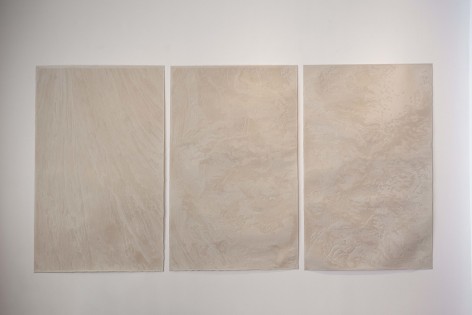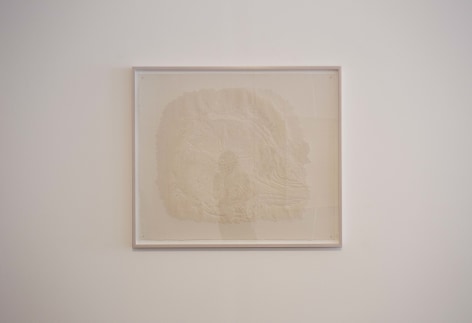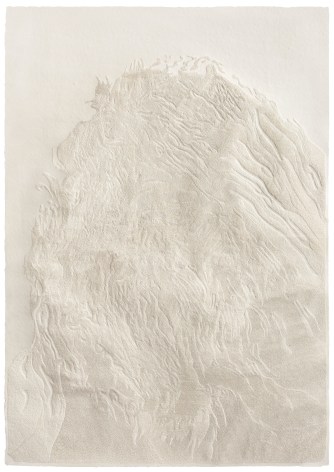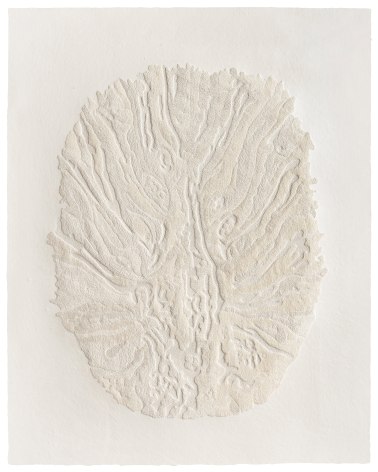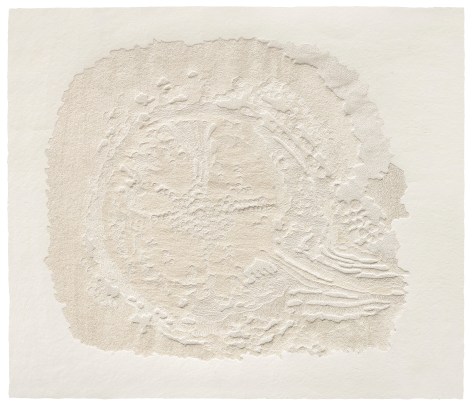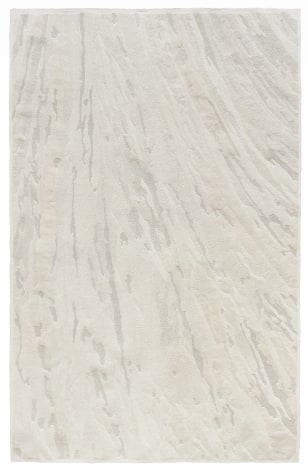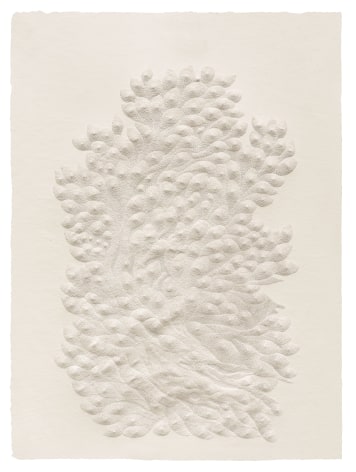Chambers Fine Art is excited to announce the opening on April 13, 2022 of NUN-3: Fu Xiaotong. This is the third iteration of her thematic exhibition series entitled NUN, and will be shown at our 11th Street location in New York City. Born in Shanxi in 1976, Fu Xiaotong received her BA in Fine Arts from the Tianjin Academy of Fine Arts in 2000. After working at the Institute of the Arts at North China University of Science and Technology in Tangshan City, Hebei Province, she received her MA in Fine Arts from the Department of Experimental Art, China Central Academy of Fine Arts, Beijing in 2013. This exhibition is Fu’s fifth exhibition with Chambers Fine Art.
For Fu Xiaotong, the process of creating her art is a process of self-knowledge. She has described how “in my early work I reflected upon the traditional Chinese literati paintings on rice paper and ink, as well as the relationship between needle and thread in traditional women's life.” As an experiment, Fu removed the nib from the brush of the Chinese writing and painting tool, and installed a needle for sewing and embroidery, and thus began her ten-year-long practice of piercing holes into traditional Xuan paper. This new, creative method effectively addressed her dual focus on traditional Chinese literati painting and traditional ‘female’ embroidery, highlighting her resistance to the inherent gender biases hidden in these two creative forms.
Another important aspect of her practice, seemingly at odds with the methodical execution of her paper works, is her attraction to bricolage, and installation works that use a variety of materials, including ready-made objects. She sees her use of the "ready-made” in her sculpture echoed in her pinprick works: “rice paper and needles is also a modification of "ready-made". The three-dimensional relationship formed by the pinhole and light on the rice paper breaks the confinement of traditional rice paper and ink on the plane creates a new visual experience.” In Fu Xiaotong's view, re-purposing these tools is akin to breaking down and rebuilding ideology.
As she has become more proficient with her chosen materials and techniques, her creative process has become freer, more serene, and the range of subject matter in her work has become increasingly rich and complex. Fu Xiaotong’s researches have led her in many different directions. Mythological stories and historical memories are intertwined with her visual experience in the present, making her works more abstract and spiritual. Of particular fascination to her is Nun, the oldest Egyptian god of primeval waters and the origin of life according to Egyptian mythology; how does this ancient life force manifest itself today?
In the works presented in this exhibition, Fu explores the idea of “life energy”; how life energy is summoned and driven, to what extent individual life can tap into this common life force. “People who are bound by myths, histories, beliefs, social rules, morals, and personal trauma, lost or are blinded to their sense of self and become passive. The disasters that occur frequently in front of us suffocate and consume everyone's energy, as if human beings are crushing and ignoring the original energy that connects us.” Several of the works in the exhibition are inspired by cellular growth and formation. In the monumental 4-panel piece, 3,264,653 Pinpricks, millions of pinholes were pierced to visually express the ever-changing movement of life energy, appearing as an abstract substance that surged like ocean tides. For the works in this exhibition, Fu incorporates complex and indistinguishable cultural factors implicit in this energy generation and change; change is inevitable, but it is the awareness and recognition of this evolution that Fu seeks to bring to our attention.

